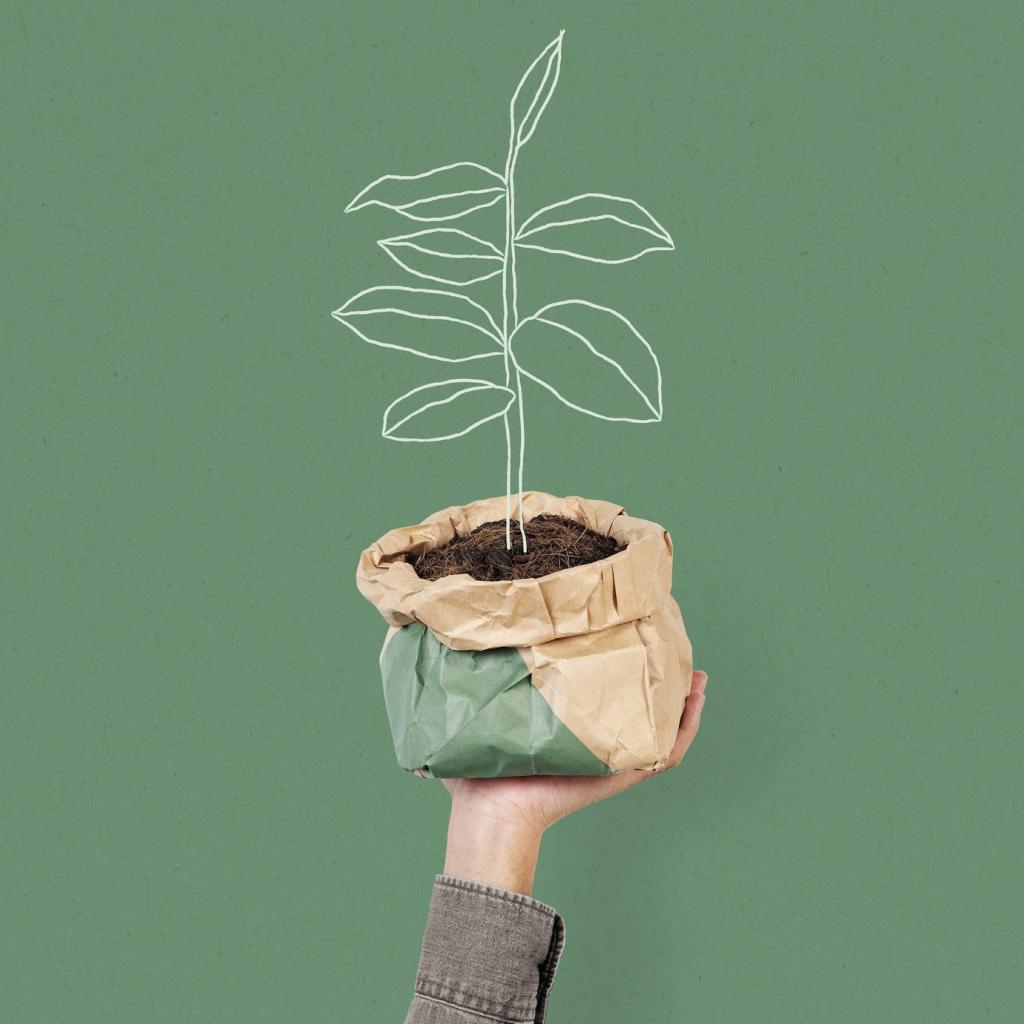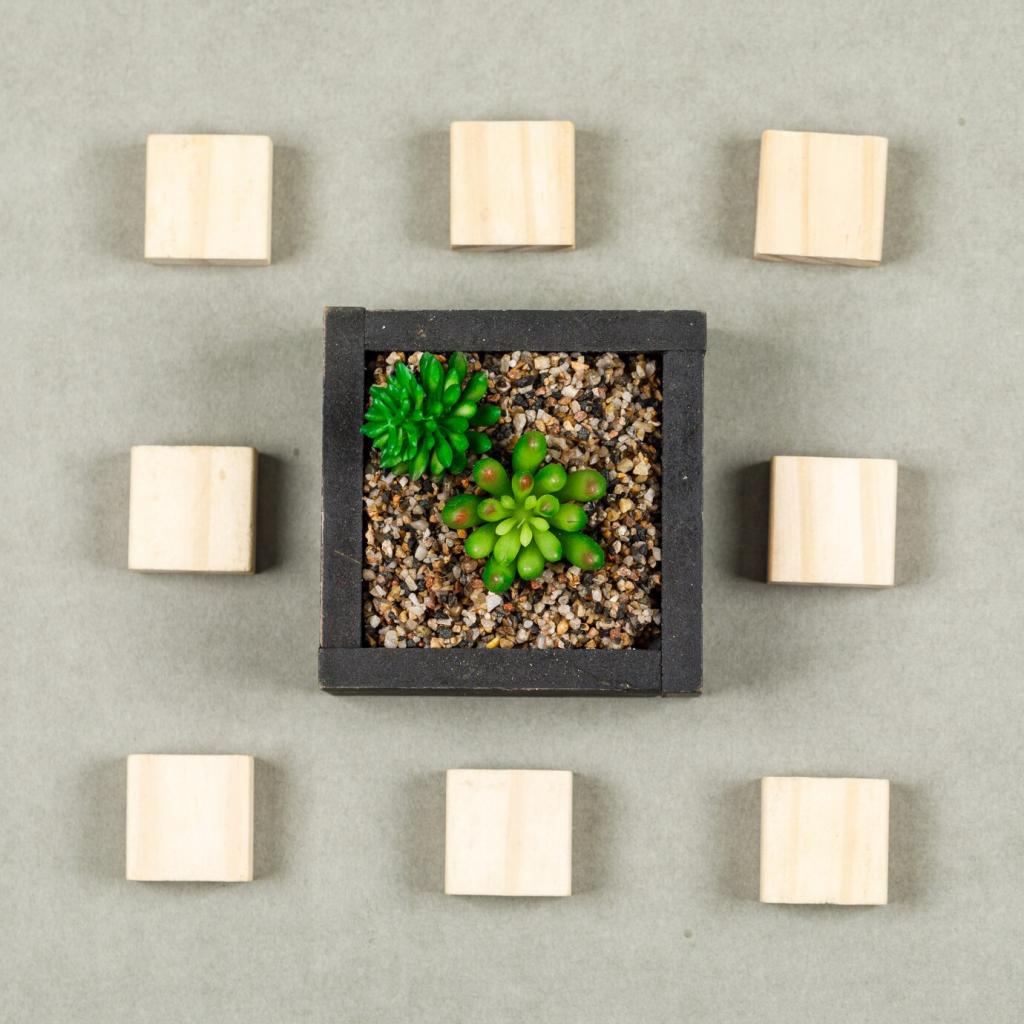Room-by-Room Upcycling Guide
Turn cutting board offcuts into magnetic knife strips, convert industrial racks into pot storage, and transform canning jars into spice displays. Seal wood surfaces food-safe, and label clearly. Share your cleverest kitchen upcycle and subscribe for monthly how-tos.
Room-by-Room Upcycling Guide
Stack vintage crates for a modular media console, reupholster a dated armchair in durable canvas, and frame fabric remnants as art. Hide cords with reclaimed baseboards. Post your before-and-after and tell us which detail surprised you most.




